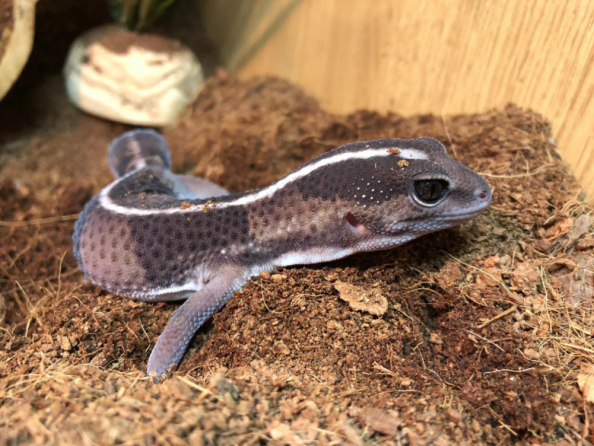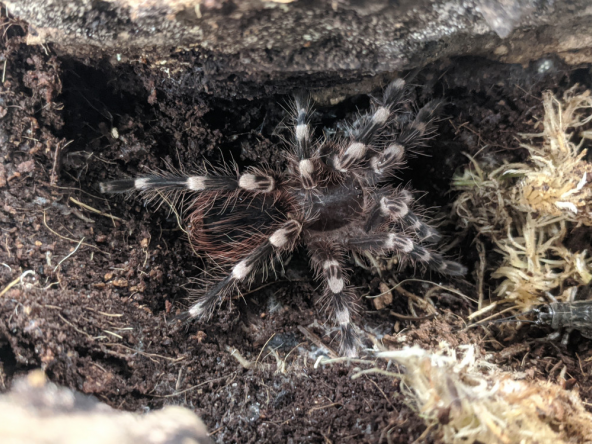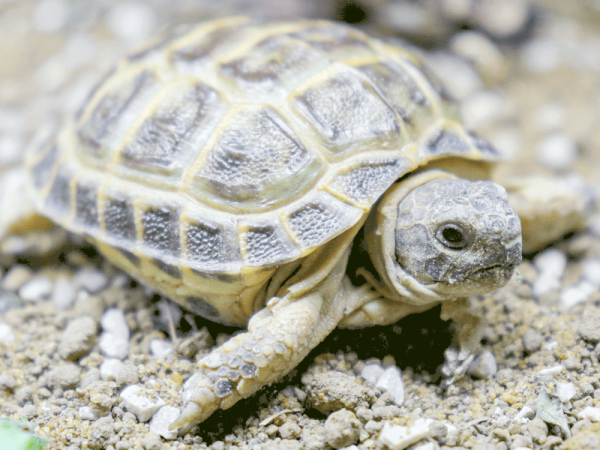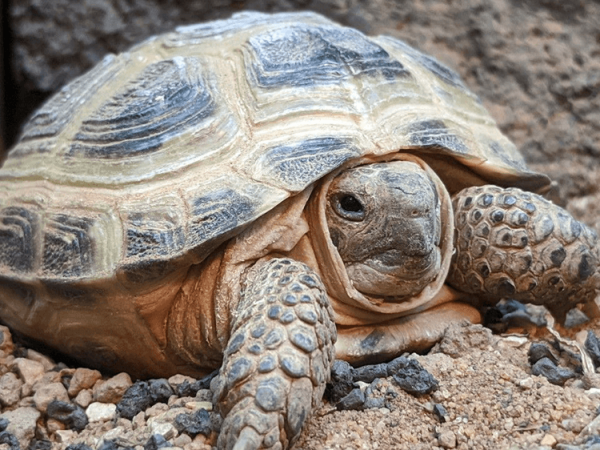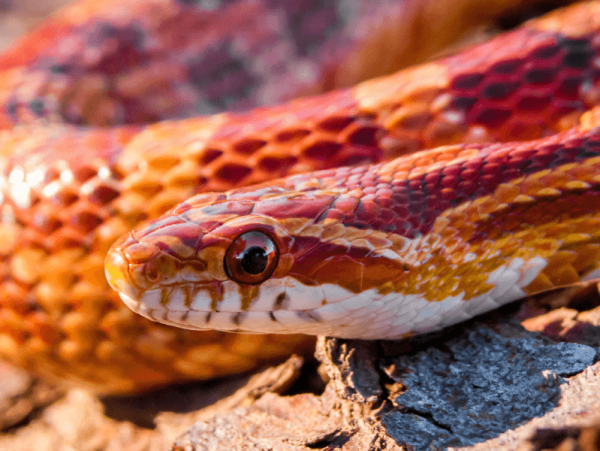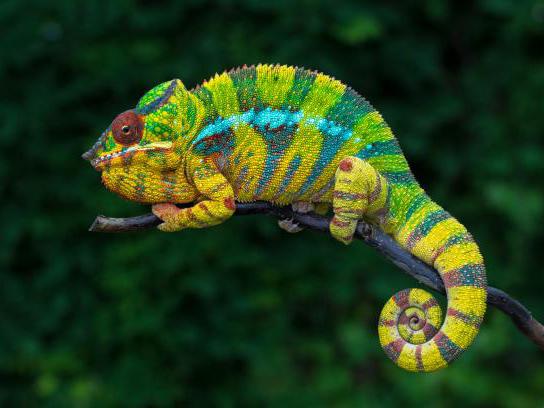Optional extras
African fat tail gecko, Hemitheconyx caudicinctus, care sheet
Categories: Care sheetsLizards
The African Fat-Tailed Gecko comes from West Africa where although they inhabit dry, arid grasslands, they spend most of their time in humid burrows. The species get their name from their large, fat tails which store excess fats - an adaptation also seen in the more common leopard gecko and a great design for environments that can be scarce on food.
They are black in colour with banding of lighter shades and browns down the body. They can also have a single white line from their head to the tail. Though they can be a little skittish when young, these geckos often tame and can be handled easily.
If you are looking for an alternative to the African fat tail gecko, take a look at our Crested gecko care sheet or our Western hognose snake care sheet.
Housing
The African Fat-Tailed Gecko is nocturnally active by nature, but a good-sized, stimulating environment is still important. A minimum vivarium size of 3 x 2 x 2ft should be used to house a single adult, to enable proper movement as well as thermo-regulation and exercise.
For the base of the environment, we recommend a soil-based substrate or at least a soil/sand mix. They tend to take refuge in humid burrows so it is important that the substrate is able to hold humidity well. Being burrowers, loose substrate provides a good opportunity for this behaviour as well.
It is essential to build the environment up with a range of enrichment pieces such as branches, rocks, tunnels, logs and foliage as well as a minimum of two hiding places such as caves - though more are recommended. Ensure that there are hiding spots and decor on both the hot and cool sides of your enclosure so your gecko can make use of the whole tank and feel secure. For an even more stimulating habitat that encourages good mental and physical activity try moving decor around every now and then.
Heating and lighting
Being a reptile, your gecko will not be able to regulate their internal temperatures without an external source so good quality heating, as well as lighting, is vital. Firstly a hot end of 30-32C is needed, alongside a cooler end of 22C, and including a drop to around 15C overnight to replicate a natural nighttime drop. This can be achieved best with the use of a basking bulb or ceramic bulb, which will need to be controlled with a thermostat. All temperatures can be monitored with an accurate digital thermometer.
You gecko, despite their nocturnal habits, would always naturally be exposed to UVB and this is an essential piece of equipment in keeping them healthy. As well as boosting their immune systems and overall wellness, UVB is responsible for metabolising key nutrients such as calcium, so being deprived of this can have serious health risks and even prove fatal.
You will need a strip UV lighting system such as Arcadia's shade dweller or 6% T5, though the strength of the bulb will depend on the height of the enclosure. This bulb should be used in a 12-hour cycle, going off at night as the temperatures drop to create good day and night periods. It is important to take note that any UVB has a lifespan of 6 - 12 months depending on the bulb - after which, the bulb may still glow but there will be no UV being emitted so it will need changing.
Humidity
Fat-Tailed Geckos prefer a moderate humidity of 50 - 60%, which should be reached by spraying the vivarium and the use of moss and live plants. The humidity can be read with an accurate digital hygrometer. A small water dish will also need to be placed in the enclosure and cleaned on a regular basis to prevent bacterial build-up.
Diet
Your Fat-Tailed Gecko is an insectivore and so will feed on a good variety of crickets, locusts, cockroaches, calci-worms and mealworms. Variety is key in providing your gecko with good nutrition as all prey items differ in nutritional value. You will also need to dust the live food with additional calcium, multi-vitamins and D3 in the relevant feeding rota to ensure your gecko gets from its diet everything needed of the body.
It is always recommended that live food be 'gut-loaded' before being fed to the animal to make them an even better meal.
Species fact file:
- Scientific name - Hemitheconyx caudicinctus
- Adult Size - 7 - 9 inches
- Habitat - Arid grasslands in humid burrows of Western Africa. Terrestrial living.
- Required Enclosure Size - 3 x 2 x 2ft
- UV Lighting - 2-3 UVI (use of ShadeDweller or 6% UVB enclosure height dependent)
- Expected Lifespan - 15 - 20 Years
- Temperature Gradient - 22C - 32C
- Humidity Levels - 50 - 60%
- Feeding - Live food - Crickets, locust, cockroaches, calci-worms and mealworms
- Handling - Can be skittish when young but usually docile, easily tamed and easily handled.
Jeremy Gay is an author, lifelong fishkeeper, and exotic pet specialist. He's a former editor of Practical Fishkeeping Magazine, UK editor at Reefbuilders, a former pet store manager, and has collected wildlife in Sri Lanka and the Amazon. He's been on tv and radio, contributed to Koi Carp and Gardeners World magazines, been a product tester, a judge, and a product developer.




